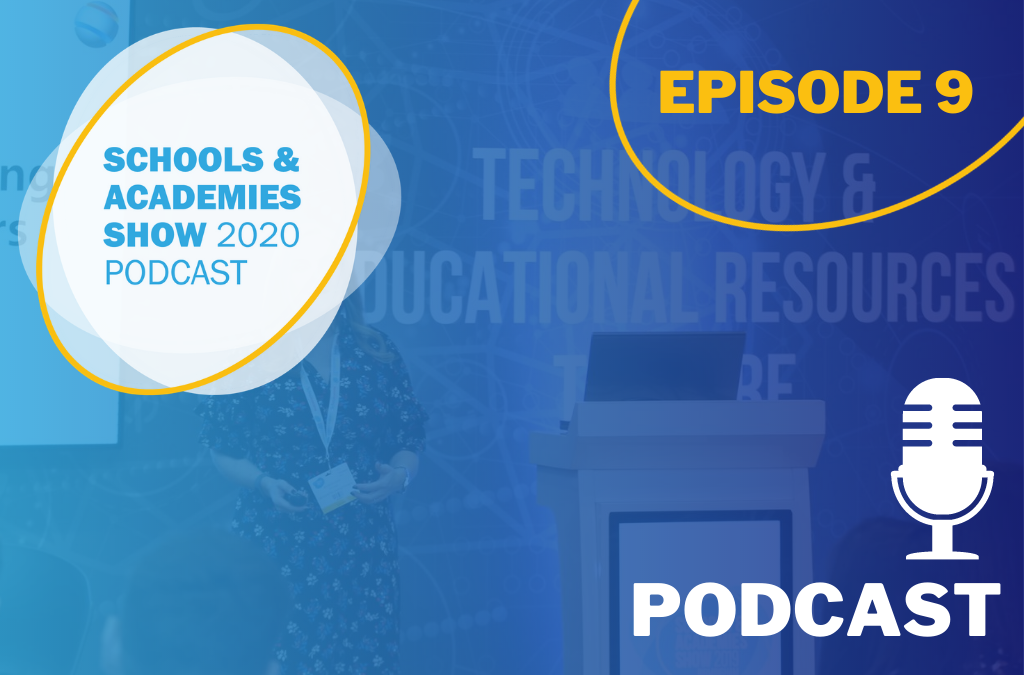A Whole School Approach: Safeguarding and Online Safety in Education
Kat Howard – Senior Education Consultant for Online Safety at RM Education
Schools have a duty of care to protect their students from harm and a vital part of this safeguarding provision in schools is now attributed to online safety. The recent changes to legislation in the UK reflect this increasing focus on the importance of online safety in schools. The updated, Keeping children safe in education (KCSIE) and Working together to safeguard children statutory guides demonstrate a shift in attitude. Supported by Ofsted and the Independent Schools Inspectorate, schools now have proper guidance for the development and improvement of their safeguarding provision.
A change in mentality
There's been a dramatic change in the understanding we have of the risks that children face online, from bullying, grooming, exploitation, and extremist behaviour to their increased exposure to gaming technology. Gaming can bring plenty of issues like violence, inappropriate language, disclosure of unsuitable information and thanks to ubiquitous connectivity to the internet, communication, through these games, with adults.
The legislation in the UK supports more robust practices and training programmes about online safety designed for education and safeguarding leaders across the sector. These types of practices will go a long way to helping prevent online safety issues arising in the first place and dealing with those issues when they do arise. Schools are effective at managing online safety incidents when they take a whole school approach to safeguarding - effective escalation routes, regularly reviewed policies and procedures, appropriate filtering and monitoring systems and an education programme which supports the whole school community.
The right tools for online safety
While legislation and education of the school community are vital, schools also need the right technical infrastructure, along with updated and robust policies, procedures, and escalation routes. When it comes to protecting their students, schools should put in place the best technical solutions to assist with their goals. It is important to consider how best to use the reporting functionalities within these technologies to ensure all safeguarding incidents are identified, reported and escalated in line with the school’s policies.
The role of filtering and monitoring
Online safety, in practice, is the major concern with making sure that children are safeguarded from potentially harmful and inappropriate online activities and content. For this to happen, schools need to ensure appropriate filters and appropriate monitoring systems are in place. Ultimately, the best solution is a mix of intuitive filtering and sophisticated monitoring. The combination of both is a much more effective tool for safeguarding than 'over-blocking' with filters. This is reflected by legislation, namely the ‘Keeping children safe in education’ guidance document by the Department for Education.
The guidance document states that monitoring should support open access to the internet without "unreasonable restrictions as to what children can be taught with regard to online teaching and safeguarding."
Online safety isn’t about autocratic, fundamental denial of access to information. It’s about educating and promoting positive and healthy practices for students online. And effective monitoring can alert schools to what children are trying to access instead of over-blocking and remaining in the dark.
Take RM’s free Online Safety review to discover your safeguarding abilities: https://www.rm.com/what-we-do/online-safety-for-schools/online-safety-review



